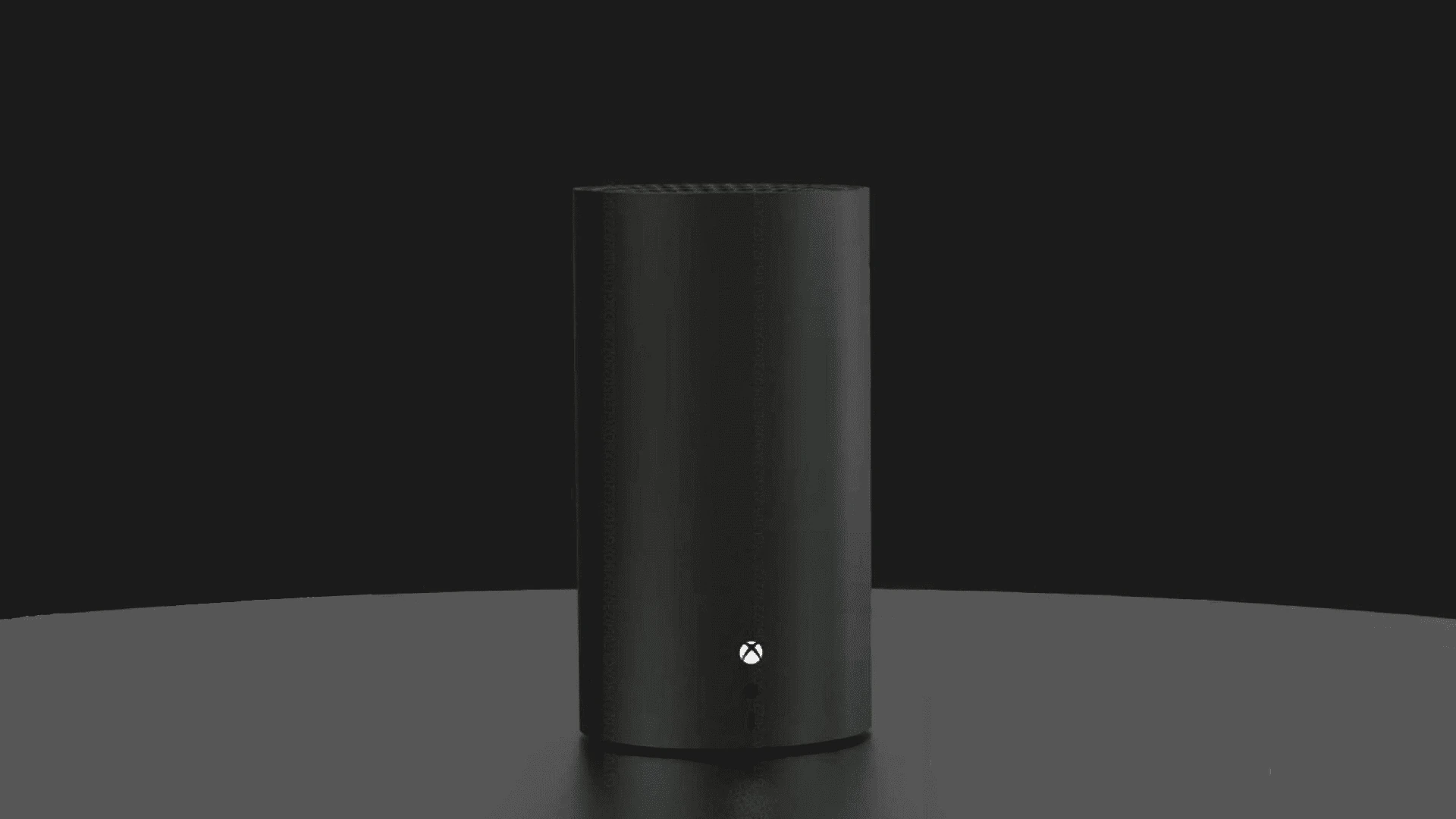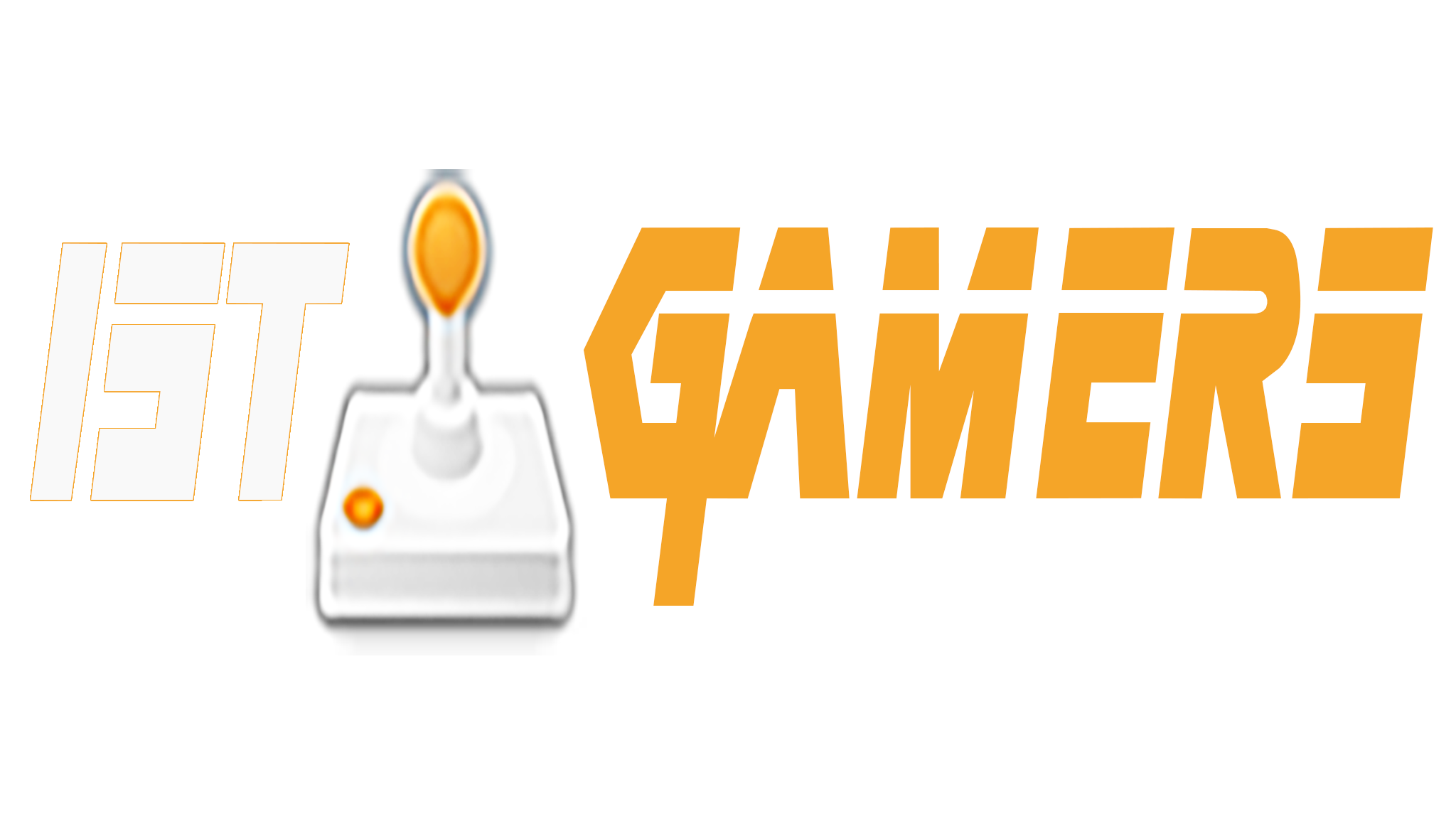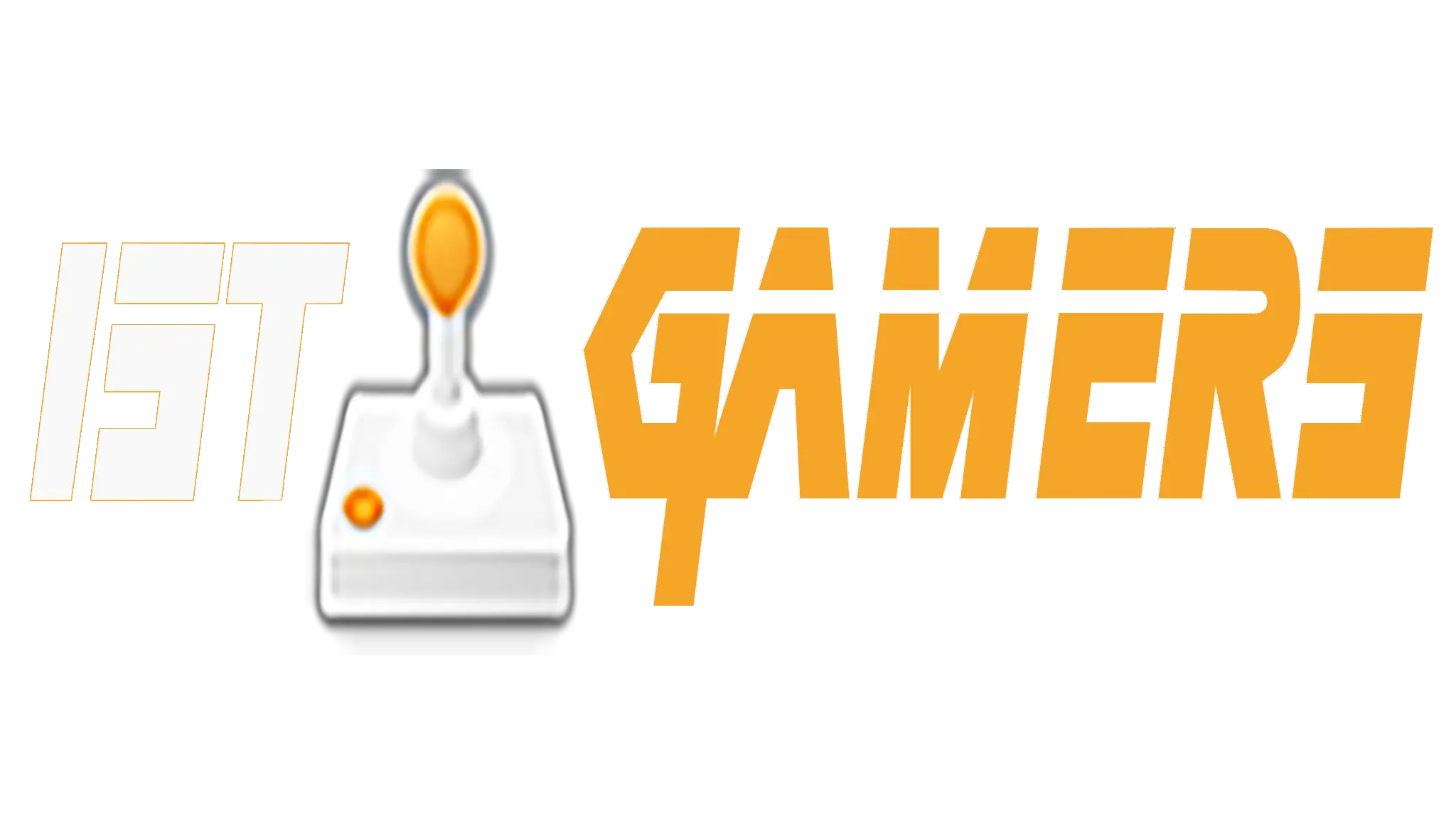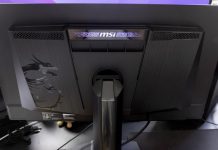Microsoft’s next-generation Xbox is poised to revolutionize console gaming with significant technological advancements. According to recent reports, the upcoming console, expected to arrive in 2025, will feature what Microsoft describes as “the biggest technological leap ever in a generation.” This next Xbox plans to integrate dedicated AI hardware that could enable more realistic graphics, immersive gameplay experiences, and innovative features not possible with current hardware.
The new system aims to build upon the successful foundation laid by the Xbox Series X and Series S while pushing boundaries in both visual fidelity and processing power. Microsoft’s gaming division has been actively exploring AI applications in gaming for years, but the next console represents an acceleration of these efforts with purpose-built hardware components.
Cloud gaming will likely play a central role in Microsoft’s strategy, with rumors pointing to a “cloud hybrid” model that allows seamless transitions between local and cloud-based gameplay. This approach could dramatically expand what’s possible in next-generation games while potentially making beloved older titles more accessible through advanced emulation technologies powered by AI.

What We Know About Microsoft’s AI-Powered Gaming Future
Microsoft’s next-generation Xbox isn’t just another step forward in console performance—it’s shaping up to be a leap into a smarter, more responsive gaming experience. From what we’ve learned so far, the console will blend cutting-edge hardware with advanced AI features that go beyond simple quality-of-life improvements. This isn’t just about faster load times or better frame rates. It’s about an Xbox that can learn, assist, and even anticipate what players want in real time.
A Built-In AI Copilot That Actually Helps
The biggest headline feature? A built-in AI assistant that’s reportedly being called “Copilot for Gaming.” Unlike voice assistants we’ve seen before, this AI is integrated into the core gaming experience. It’s not just there to answer questions about the weather or open apps—it’s designed to help you play better.
Imagine you’re stuck in a puzzle in a game like Tunic or trying to decide which loadout works best in Call of Duty. The AI Copilot can analyze your in-game behavior and offer context-sensitive tips or walkthroughs, without needing to leave the game. It’s personalized, reactive, and entirely embedded within the Xbox ecosystem.
It could also become a huge boost for accessibility, offering real-time help for players with disabilities or those who want simplified controls, voice navigation, or tailored gameplay experiences.
Next-Gen Hardware: More Than Just a Power Upgrade
On the hardware side, the upcoming Xbox is expected to include a custom-designed Neural Processing Unit (NPU) alongside the usual CPU and GPU combo. This means the console will have a dedicated chip for AI tasks, freeing up resources for more traditional processing while enabling real-time AI functions across the system.
What does that mean in practice? Think smarter enemy AI, dynamic in-game content generation, and enhanced upscaling through AI-driven techniques. It could even impact the console UI itself—learning your habits and surfacing the games or apps you actually use, not just what Microsoft wants to promote.
Reports suggest this next-gen Xbox will be built on a brand-new system architecture, not just an iteration of the Xbox Series X. We’re talking about a true generational shift, possibly leveraging newer silicon built for efficiency, better ray tracing performance, and high-speed memory subsystems.

Cloud Integration and Hybrid Gaming
Another massive change could be how the console uses the cloud. Microsoft’s long-term strategy seems to involve hybrid computing—splitting processing tasks between the local machine and the cloud to unlock features that would otherwise be too demanding for traditional consoles.
Picture playing an open-world RPG where NPC behavior is managed by cloud-based AI simulations, making every town feel alive and responsive to your choices. Or real-time physics calculations that don’t drain your console’s local hardware because they’re handled remotely.
This is also likely to tie in with Game Pass and xCloud, further blurring the line between console and PC, local and streamed gaming.
A Handheld Xbox Device May Arrive First
While the big next-gen Xbox console might not arrive until 2026 or 2027, Microsoft is rumored to be launching a handheld Xbox device as early as late 2025. This portable device, reportedly running a custom Windows OS with an Xbox-branded skin, could act as a testbed for many of the AI and cloud features expected to be fully realized in the next-gen console.
If successful, it could signal a future where Xbox gaming isn’t tied to your living room TV but follows you everywhere—with your preferences, progress, and even your Copilot AI assistant traveling seamlessly between devices.
Microsoft’s Long Game: AI as a Platform, Not a Gimmick
What’s clear is that Microsoft sees AI as more than just a flashy feature. They’re positioning it as the foundation for the future of Xbox—transforming how games are played, how systems are navigated, and even how developers build their titles.
If everything lines up the way it’s currently rumored, the next Xbox won’t just be a console with AI—it’ll be an AI-driven platform where games evolve around you, adapt to you, and maybe even learn with you.
And that changes everything.
Key Takeaways
- Microsoft’s next Xbox console aims to deliver unprecedented technological advances with specialized AI hardware for enhanced graphics and gameplay.
- Cloud gaming integration will likely enable seamless transitions between local and streaming play for a more flexible gaming experience.
- The new console is expected to launch in 2025, representing Microsoft’s ambitious vision for the future of interactive entertainment.
Overview of Microsoft’s Next-Generation Console
Microsoft is positioning its next Xbox console as a significant leap forward in gaming hardware. The tech giant promises innovative features, powerful performance upgrades, and enhanced AI integration to maintain its competitive edge in the console market.
Evolution of the Xbox Lineup
The Xbox console family has seen remarkable growth since its debut in 2001. Microsoft’s current generation includes the Xbox Series X and Series S, which launched in 2020. These systems introduced features like Quick Resume, Smart Delivery, and cross-generation compatibility.
For 2025, Microsoft is developing what they’ve described as “the biggest technological leap ever in a generation.” This ambitious statement comes from leadership dedicated to console hardware, reinforcing Microsoft’s commitment to physical gaming devices despite their expansion into cloud gaming.
The person leading Microsoft’s next-gen plans clearly believes in continuing to support game consoles. Their “VP of Next-Gen” title suggests dedicated resources are focused on creating cutting-edge hardware rather than pivoting away from traditional consoles.
Key Features of the Next Xbox Console
The next Xbox aims to deliver substantial performance improvements. Resolution targets are expected to jump from the current 4K standard to 8K capabilities. Frame rates may exceed 120 FPS, compared to the 60-120 FPS range of current systems.
AI integration stands out as a major focus. Microsoft plans to leverage artificial intelligence to enhance gaming experiences in ways not previously possible. This could potentially transform gameplay mechanics, graphics processing, and dynamic content generation.
Microsoft’s hardware teams are exploring “unique devices” alongside the traditional console. This suggests possible companion hardware or innovative form factors that complement the main system.
The upcoming console will likely continue Microsoft’s emphasis on backward compatibility and ecosystem integration. Players can expect enhanced Game Pass compatibility and seamless transitions between devices, maintaining Microsoft’s “play anywhere” philosophy.
Advanced Hardware Capabilities
Microsoft’s next-gen Xbox is set to deliver groundbreaking hardware innovations that will redefine gaming experiences. The technical specifications reveal significant improvements across processing power, storage solutions, and security features.
Processor and Graphics Advancements
The upcoming Xbox console will feature custom Zen-based CPU architecture paired with RDNA GPU technology, offering a substantial performance leap over the current Series X. Microsoft has emphasized their commitment to delivering “the biggest technological leap ever in a generation” according to insider reports.
Processing power is expected to increase by up to 50%, enabling games to run at higher frame rates while maintaining 4K resolution. Some developers suggest the system might even support 8K gaming for certain titles.
Advanced ray tracing capabilities will be a major focus, with dedicated hardware units that handle complex lighting calculations more efficiently. This will create more photorealistic environments with accurate reflections, shadows, and global illumination.
AI acceleration units built into the processor will enable more sophisticated NPC behaviors, dynamic environments, and enhanced procedural generation. These units will work alongside the main CPU to handle specialized tasks without compromising gaming performance.
SSD and Storage Solutions
The next-gen Xbox will build upon the current velocity architecture with an even faster custom SSD solution. Load times are expected to be virtually eliminated for most games, with Microsoft targeting sub-second transitions between gameplay segments.
Storage capacity options will likely start at 1TB with potential 2TB and 4TB variants available. The system will retain the expansion card functionality but with improved data transfer rates exceeding 10GB/s.
Microsoft is developing enhanced compression technologies that effectively double the available storage space without compromising game performance. This proprietary system works at the hardware level to decompress assets instantly as they’re needed.
Cloud integration will be significantly expanded, allowing games to stream textures and assets directly from servers when connected online. This approach will enable developers to create larger, more detailed worlds without requiring massive local storage.
Enhanced Security Features
The new Xbox will incorporate advanced hardware-level security measures to protect both the system and user data. Microsoft has developed custom security chips that separate sensitive operations from the main system architecture.
Biometric authentication options including fingerprint recognition may be integrated into controllers for seamless and secure sign-in. This feature would eliminate password entry while maintaining strong account protection.
Network security has been reinforced with dedicated hardware that monitors for unusual connection patterns or potential attacks. These protective measures operate independently from the gaming hardware, ensuring they don’t impact performance.
Anti-cheat mechanisms are being built directly into the hardware, making it significantly more difficult for players to modify game code or use unauthorized enhancements. This will create a more level playing field for competitive gaming while protecting developers’ intellectual property.
Artificial Intelligence Integration
Microsoft’s next-gen Xbox platform is set to revolutionize gaming through advanced AI integration. The company is developing multiple AI technologies that will transform gameplay experiences, creative tools, and service offerings for both players and developers.
Real-Time Playable AI Models
Microsoft has unveiled Muse, its first generative AI model designed specifically for gameplay experiences. This World and Human Action Model (WHAM) can generate game visuals and controller actions in real-time, representing a significant leap in gaming technology.
Muse was developed by Microsoft Research Game Intelligence and detailed in the scientific journal Nature. The model demonstrates how AI can understand and replicate gameplay mechanics.
Microsoft has been testing these capabilities with Ninja Theory’s multiplayer game Bleeding Edge, showing how AI models can learn from and enhance existing games. This technology could lead to more dynamic and responsive gaming worlds.
Players might soon experience games that adapt to their playstyles in unprecedented ways. Enemy behaviors could evolve based on player tactics, while environmental elements might respond more naturally to player actions.
Generative AI and Creativity in Game Development
Xbox’s partnership with Inworld AI aims to empower game creators with new AI-driven development tools. This collaboration combines Inworld’s expertise in character development with Microsoft’s Azure OpenAI Service.
Developers will gain access to tools that can generate dialogue, character behaviors, and narrative elements. These capabilities could dramatically reduce development time for creating complex character interactions.
First-party studios like Ninja Theory are already experimenting with these tools. The technology will eventually be accessible to indie developers through Xbox’s development ecosystem.
Game worlds may become richer and more detailed as AI helps generate environments, textures, and background elements that would be time-consuming to create manually. This could lead to more immersive exclusive titles with unprecedented depth.
Next-Gen Gaming Experiences
AI integration is set to enhance core gaming experiences through improved graphics processing, more sophisticated NPC behaviors, and adaptive gameplay systems. Ray tracing algorithms boosted by AI will create more realistic lighting and reflections.
Microsoft is developing AI upscaling technologies that can render games at lower resolutions but display them at 4K or even 8K quality. This approach balances visual fidelity with performance demands.
Backward compatibility will be enhanced through AI-powered improvements to older titles. Classic games could receive automatic visual upgrades, modernized controls, and even expanded gameplay elements.
Online multiplayer experiences will benefit from AI matchmaking systems that better understand player preferences and skill levels. These systems will create more balanced and enjoyable competitive environments.
Services and Subscriptions
Xbox Game Pass will integrate AI recommendation systems that analyze player behavior to suggest relevant titles. The service will learn from individual gameplay patterns to highlight games that match personal preferences.
Microsoft plans to incorporate AI assistants into Xbox Game Pass Ultimate that can help players overcome challenging game sections. These assistants might offer tips, demonstrate techniques, or even temporarily take control to navigate difficult sequences.
Cloud gaming performance will improve through AI-driven network optimization. The system will adapt streaming quality based on connection stability and predict player actions to reduce perceived latency.
Subscription tiers may include specialized AI features, such as voice-controlled gaming, advanced content creation tools, or enhanced personalization options.
Community and Ecosystem
Xbox’s community features will utilize AI to improve player interactions and content moderation. Advanced systems will detect harmful behavior while promoting positive communication among players.
Content sharing will become more sophisticated with AI-powered editing tools. Players can create and share gameplay highlights that are automatically captured and edited by the system.
Cross-platform experiences between Xbox and Windows gaming PCs will benefit from AI synchronization. Games will adapt seamlessly whether played on console or PC, maintaining progress and adjusting controls and interface elements accordingly.
User-generated content will flourish with AI assistance in creation tools. Players can design game levels, character skins, and modifications with guidance from AI systems that understand design principles.
Strategic Vision and Leadership
Phil Spencer, Microsoft’s gaming chief, has positioned AI as central to Xbox’s future strategy. His leadership team views AI not just as a feature but as a transformative force for the entire gaming industry.
Sarah Bond has outlined a multi-year hardware roadmap that prominently features AI integration. This plan includes specialized hardware components designed to accelerate AI processing in future Xbox consoles.
Microsoft’s acquisition strategy has increasingly focused on companies with AI expertise. These strategic purchases aim to bring specialized AI talent and technology into the Xbox ecosystem.
The leadership team emphasizes responsible AI development with strong ethical guidelines. They have committed to transparency about how AI is used in games and services.
Emerging Technologies and Future Prospects
Microsoft is exploring AI-powered procedural generation that could create nearly infinite game worlds. This technology might enable games that continue to expand with fresh content generated by AI systems.
Voice recognition and natural language processing will enable more intuitive control schemes. Players could give verbal commands to in-game characters or control game functions through conversation.
Microsoft’s rumored Xbox handheld device would likely incorporate specialized AI hardware. This portable system could leverage AI for improved battery life and optimized performance.
AR and VR experiences will benefit from AI that better interprets player movements and intentions. These immersive technologies could become more accessible as AI reduces the processing requirements for realistic virtual environments.
Frequently Asked Questions
Microsoft’s next-generation Xbox promises significant technological advancements focusing on cutting-edge hardware components, AI integration, and enhanced gaming capabilities. These innovations aim to deliver faster performance, improved graphics, and more intuitive gaming experiences.
What hardware advancements are expected in the upcoming Xbox console?
The next Xbox console is expected to feature a substantial hardware upgrade, with Microsoft promising “the biggest technological leap ever in a generation.” This includes improved custom CPU and GPU architecture building upon the Zen 2 and RDNA 2 technologies found in current models.
Processing power will likely see a significant boost, with faster load times and enhanced graphics capabilities. The new hardware may support higher frame rates and resolutions, potentially offering true 4K gaming at 120fps or even 8K support for certain titles.
Storage solutions will likely evolve beyond the current SSD technology, with faster data transfer rates and potentially larger capacities to accommodate growing game sizes.
How will AI integration enhance the gaming experience on the new Xbox?
AI integration in the next Xbox will transform gameplay through more realistic NPCs with adaptive behaviors that learn from player interactions. This creates more dynamic and challenging gaming environments that evolve based on play styles.
Enhanced procedural generation capabilities will enable games to create unique, personalized content for each player. AI algorithms may analyze player preferences to tailor difficulty settings and gameplay experiences automatically.
Voice recognition and natural language processing will improve, allowing for more sophisticated voice commands and interactions with games and the console interface. AI will also optimize system performance in real-time, allocating resources based on what each game needs most.
What are the anticipated specifications for the 2026 Xbox series?
The 2026 Xbox series is rumored to feature a significantly more powerful custom processor, likely built on 3nm or smaller architecture. This would provide substantial performance gains while improving energy efficiency.
RAM capacity may double from current specifications, with faster memory speeds to handle more complex game worlds and AI systems. Storage is expected to utilize next-generation SSD technology with potentially 2-4TB of base storage and expanded options.
Graphics capabilities will likely support 8K resolution gaming for compatible titles, with ray tracing becoming a standard feature rather than an option. The console may also incorporate specialized AI processing units dedicated to enhancing game worlds and character behaviors.
Will third-party manufacturers be involved in producing the next Xbox consoles?
Microsoft will likely continue its partnerships with AMD for CPU and GPU components in the next-generation Xbox. These collaborations have proven successful in current Xbox Series consoles, delivering powerful custom silicon solutions.
Additional partnerships may expand to include specialized AI chip manufacturers to handle the increased focus on artificial intelligence features. Companies like Qualcomm or NVIDIA might contribute specific technologies for mobile gaming or cloud processing capabilities.
Microsoft may also explore new manufacturing relationships for advanced cooling systems, as the increased processing power will necessitate more efficient thermal management. These partnerships could lead to innovations in console design and form factor.
How does the Copilot AI feature function in the context of Xbox gaming?
Xbox Copilot serves as an AI assistant that helps players navigate games, offering contextual tips, strategies, and guidance based on real-time gameplay analysis. The system can identify player struggles and provide tailored advice to overcome challenges.
For players with accessibility needs, Copilot can adapt controls and interface elements, making games more approachable. It also facilitates voice commands for in-game actions, menu navigation, and system functions, reducing reliance on traditional controller inputs.
Copilot can potentially analyze player behavior patterns to recommend new games based on preferences and playing style. This personalization extends to customizing game difficulty dynamically during gameplay to maintain an optimal challenge level.
What distinguishes the forthcoming Xbox Series S from its predecessors in terms of gaming capabilities?
The next Xbox Series S will likely maintain its position as a more affordable alternative while closing the performance gap with higher-end models. Improved hardware efficiency will allow for better frame rates and visual fidelity despite a potentially smaller form factor.
Digital-only gaming will remain its focus, but with enhanced cloud gaming capabilities that complement the internal hardware. This hybrid approach will enable the Series S to run more demanding games through a combination of local processing and cloud assistance.
The upcoming Series S may incorporate specialized AI hardware to enhance upscaling technologies, allowing lower-resolution renders to appear nearly identical to native 4K. This would provide a visual experience much closer to premium consoles while maintaining its price advantage.





































